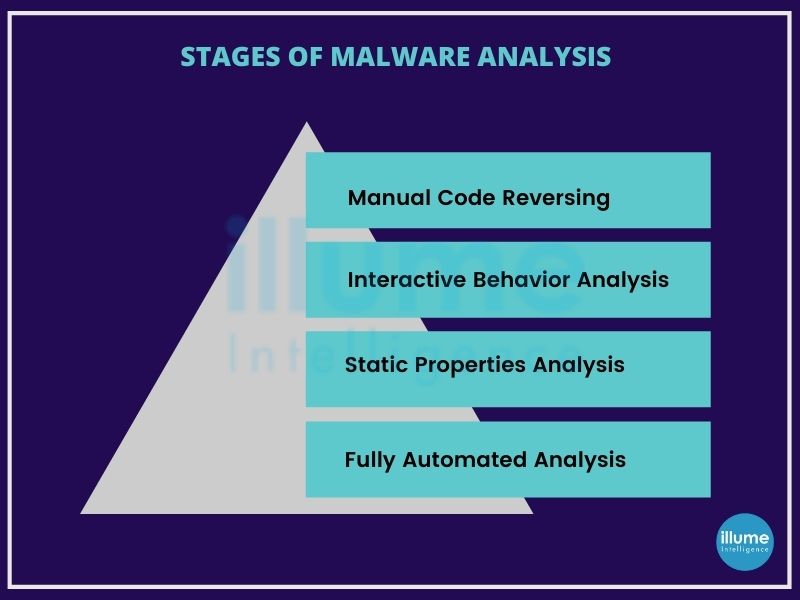Malware analysis keeping you safe from the potential threats
Malware analysis is implemented for identifying and accessing the threats. Every day lots of businesses and personnel are falling prey to cyberattacks, many of them are in the form of malware. Malware is malicious software that is intended to harm the system. These have various forms like viruses, trojan horses, worms, spyware etc. They all are intended to gather information about the infected device without the knowledge or authorization of the user.
malware can be distributed through emails (phishing attacks), USB drives, software download from websites, etc. Disguising using the obfuscation methods to mimic legitimate files and websites for tricking the users. Once successful in attacking, it uses persistence techniques to stay undercover till the launch of the attack.
Malware analysis will help in understanding the behaviour and objective of the suspicious file or URL. It helps in detection, mitigation and limiting the scope of the potential threat.

Types of Malware Analysis
When it comes to malware analysis, it can be done in three ways-
Static Analysis - Static analysis examines the files for malicious intent without running the code. In this kind of analysis technical indicators are identified like file names, hashes, strings, IP addresses etc to determine if the file is malicious or not. Some more tools can help in observing the working of the malware without executing the file.
As Static analysis does not run the code, sophisticated malware run-time behaviour can go undetected.
Dynamic Analysis- Dynamic malware analysis executes the suspected code in a controlled environment called Sandbox. This enables the professionals to observe the malicious software in action without the fear of an outbreak, infecting the entire enterprise network.
This type of analysis enables the threat hunters and incident responders to uncover the true nature of the malware with deeper visibility. One of the biggest advantages of using a sandbox is the reduced time for reverse engineering to discover the malicious code.
The threat actors are aware of sandboxes and hence can deceive by smartly hiding the code to stay in a dormant state until the specific conditions are met.
Hybrid Analysis -As the name says Hybrid analysis aims to utilise the best of both approaches. This can detect the malicious code that is trying to hide, and then extract all the indicators of compromise. The hybrid analysis is capable of detecting unknown threats.
How to safeguard against Malware infection?
Availing malware analysis services is important but prevention is always a better approach.
1. Keep the systems and applications up to date.
2. Stay alert to social engineering attacks that may compromise data.
3. Regular scans using antivirus and anti-malware solutions.
4. Follow security best practices like using secure connections, no file download from unknown sources etc.
5. Create regular backups for business-critical data.
With the list of malware being developed every day increasing rapidly, only staying alert and taking security measures can help. We provide malware analysis services to help the business stay safe. Our experts can handle any malware-related issues.







